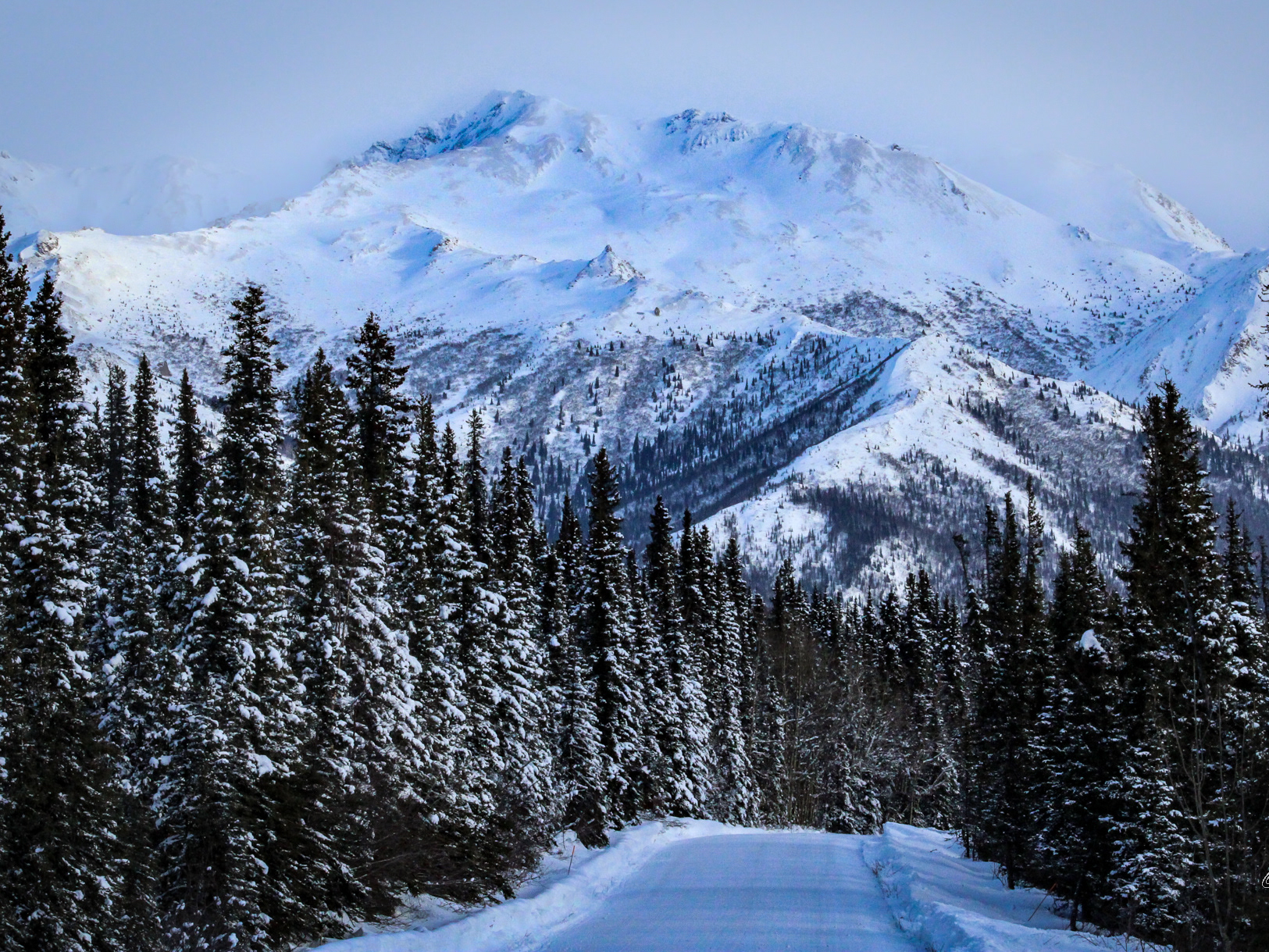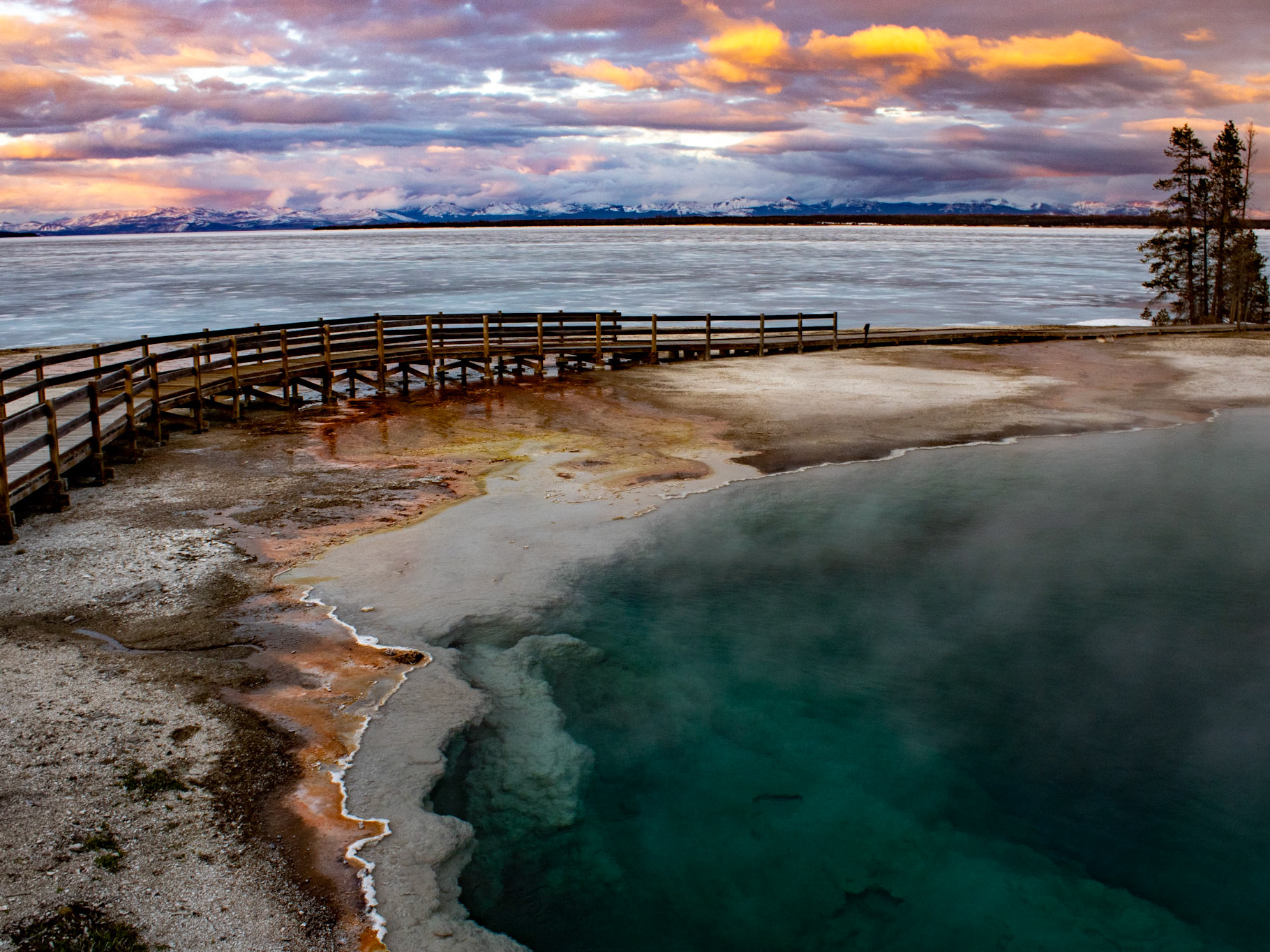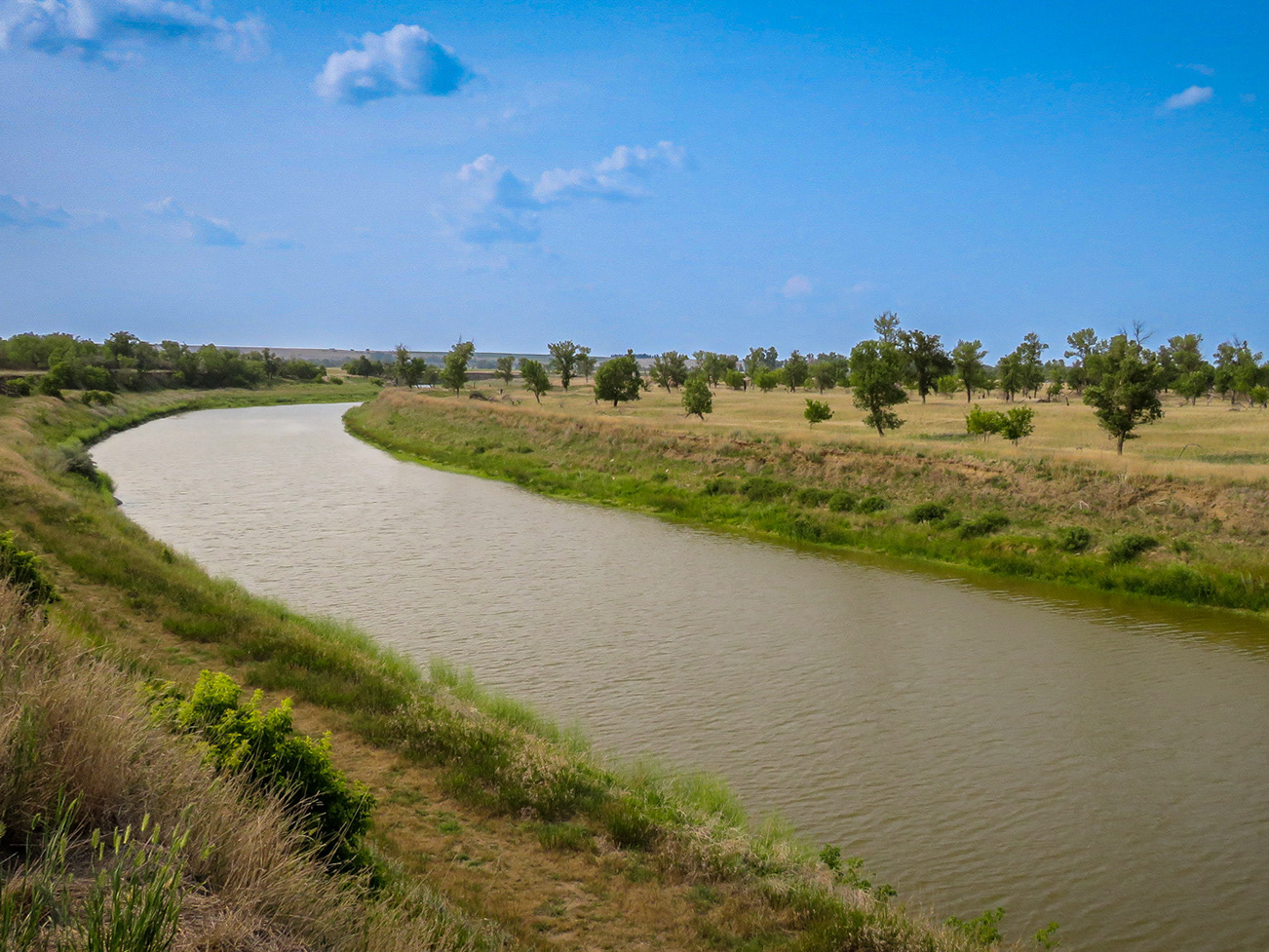“He who marvels at the beauty of the world in summer will find equal cause for wonder and admiration in winter.”
- John Burroughs
Winter 2021 - Written in the Rockies
The Spring
The Spring is a time of new life. New life in the most natural and literal meaning. Babies in the spring, fawns, cubs, pups, so many adorable creatures to marvel at, and so many mothers to keep a healthy distance from. New life in the form of plants. The wildflowers that have stayed dormant under multiple feet of snow, waiting for their chance to break out of their cold icy cage and flaunt their personalities for a couple weeks of fragrant and colorful showmanship. They crowd the high meadows and hillsides fighting for sunlight, and hoping to be admired by whatever passes by. I couldn't count the amount of lovely, invigorating spring hikes through wildflowers I have had in my time in the mountains. The deciduous trees turn from mere logs with sticks, to shady refuges for all of nature’s creatures to climb, eat, and sit under. Finally, spring brings new life to the soul. After a long, cold, dark, and unforgiving winter, the weight of the conditions is lifted from the shoulders of every creature, just as it is from man. Even though the new year comes months prior to the spring on the calendar, it is more fitting to declare the new year as when the high alpine snow begins to melt off the mountain.
The Summer
The Summer brings many treats. One of which being the way your senses are stimulated, a way that gives smells, feelings, sounds, and sights that only the heat of the summer sun can coax out of an environment. These summer smells are different from the smells of spring, that the rains and runoff can bring. This is a hot, dry, toasting of the landscape. The sweet smell of the sagebrush wafts in the air as it is kicked by behemoths of the last Ice Age. I've been fortunate to experience bison in many parks across the west, such as Yellowstone, Wind Cave, and Custer State Park. The story is often similar each time, but never a bore.
I remember sitting in my truck, stopped on a dusty dirt road in Custer State Park, admiring a herd of bison lumber past me. I had turned off the engine so I could hear their footsteps and their bellows as they passed. Each step brought thud to the Earth that only the largest mammal on the continent could create. Their deep moans and groans were just as they were heard in 1830. Every now and again I would get a dusty scent of them, but not much. What I do remember is the smell of the prairie grass being blown into my truck cab. A faint hint of wildflower mixed in. I can still feel the sunshine on my left arm hanging out the window as I took pictures of the beautiful behemoths. I breathed in the warmed smell of native grasses and dirt, and loved every second of it.
The Fall
The Fall is a time of change for many natural places. A time when the aspen trees shimmer with yellows, reds, and oranges, creating the illusion of a forest fire from a distance. A time when the wind has just a little chill to it. A time when the daylight slowly starts to fade, and illuminates the artwork of nature a little less each day. As much as it is a slow “winding down” of the summer and its activities, it is also an explosion of liveliness. Throughout the mountains you’ll hear the clashing of elk and deer antlers as they spar with one another, trying to win the affection of lucky females. The air is filled with testosterone and other signs of the creation of next year's herd-mates. In other, less aggressive activities, the sky becomes crowded, with countless animals flying south for winter. The canopies of forests are riddled with squirrels, and other creatures who would rather rough out the winter, stocking nests and caches with food. Bears of all sizes are eating their last meals before a long winter’s nap. Some eat berries and roots, trying their hardest to pack on the pounds before their bed calls them home. Others camp out on waterfalls, meandering around with their mouths open, waiting for a fish to jump in their jaws. Nature never claimed to be fair, nor to provide for any creature, but she did allow those creatures the opportunity to provide for themselves.
The Winter
The Winter is the toughest time in the mountains, but it also sets the stage for the other seasons. Snowpack in the alpine hoards life-giving water until the spring. Snow in the lower elevation forests turns the ground from a grocery store of plants for creatures to forage on, to a cold blanket to move for a wilted leaf. On the flipside, without that snowpack the wild would see disastrous impacts. Those plants would not grow for the creatures to forage on in the spring. The rivers would be empty. The wildfires of summer would burn hotter and longer than ever before. Glaciers are fed and grow due to snow compacting itself into dense ice. Those glaciers feed fresh water creeks and rivers for miles. Snow in many semi-arid deserts like those of Colorado and Utah are essential for life to exist, high alpine snowpack providing everything below it with life. Without the winter, life would not thrive as it does every other season.







